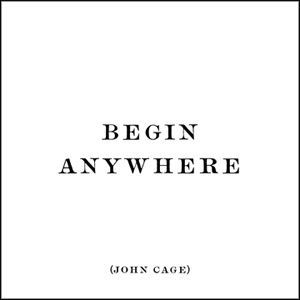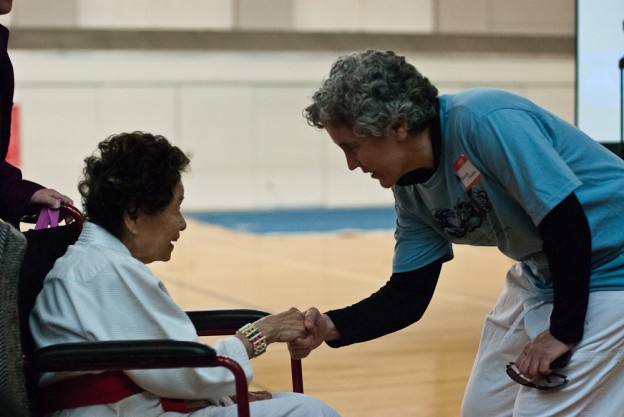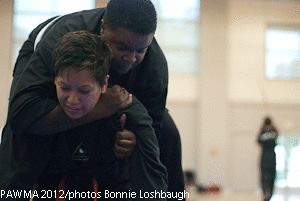Seattle to Portland 2006
 It’s November again and I am Nanowrimoing my little heart out, so I’ll be reposting a few things from way back when, and concentrating on the new novel climbing out of my head. Specifically, right now, I’m concerned with how my protagonist will react when a child under her care just gulped down a little fish they found while tide pooling.
It’s November again and I am Nanowrimoing my little heart out, so I’ll be reposting a few things from way back when, and concentrating on the new novel climbing out of my head. Specifically, right now, I’m concerned with how my protagonist will react when a child under her care just gulped down a little fish they found while tide pooling.
While I work that out, here’s an acount from summer 2006, when I hopped on my bike, along with 8999 other people, and rode from Seattle to Portland. STP happens every year, put on by Seattle’s own Cascade Bicycle Club. If it sounds exciting to you, you can sign up for 2013 in January.
It’s a long road to Portland from Seattle, when you’re on a bike. Longer, I imagine, if you were the one on the unicycle, or the scooter, or the tricycle.
It was a lot, and it is all in my head together. I close my eyes and I can see the long pace lines passing us, the rest stops with lawns coated with bicycles, the tree-lined highways, the slow curving slopes, the the roadside repairs, the bridges, the traffic. Too much to process effectively. 213.5 miles, in total, because we stayed slightly out of the way on Saturday night, in Toledo High School, where we slept on the floor of the library. Specifically we slept in the reference section, next to books on the Constitutional Amendments and career paths for people who like to travel, play sports, want to be nurses, etc.
The start line was a line-up, en masse in what looked like a cattle chute. Fortunately no cattle prods, just a few speed bumps on the way out of the university parking lot.
The steepest hill was in Seattle, getting out of Seward Park. Or it may have been the last sneaky little hill before we got into downtown Portland. Either way, neither was more than .2 miles long.
I learned a bit of group riding communication skillz: “car back!” – there is a car coming from behind. “car up!” “on your left” – I am passing you and it would be nice if you shifted over so I don’t have to go into traffic. “slowing” “stopping” – I’m warning you so you don’t run into me. Then there was the occasional “road hazard”, but mostly people just point down at the grating or dropped water bottle or whatever
As well as roadkill there were a number of flattened energy bars on the roadside.
I can still go fast at the end of the day as long as I have a goal in mind. Last twenty miles to spaghetti. Last hour until spaghetti. Six miles to pasta. Less than two miles to food. Last two hours. Last thirty miles. Last sixteen miles. The more people I pass, the less people in line before me for massage.
The last seven miles were pretty easy, because with seven miles to go, I ran over a staple. An inch long, staple gun staple. We had a bit of a rest stop changing the tire using the screw-driver heads on mine and Alex’s multi-tools, because we didn’t actually have tire levers.
Actually, the route was overall very flat. The vaunted BIG HILL was a little long, but not steep. Its length and my refusal to go slowly did make it the only place I approached lactic acid, though.
On the bus ride back, we listened to part of an audio version of ‘Fear and Loathing in Las Vegas,’ and noticed pretty much nil of the return scenery. We saw a lot of it close up already.
I wore a Sponge Bob Squarepants jersey (child’s L) for the ride. Early in the day Saturday we were going through a small town, and two little girls were standing on the corner trying to get high-fives from the riders. I slapped their hands, they saw my jersey and yelled ‘Sponge Bob is awesome!’ or something similar.
We counted roadside casualties, during the first couple hours it was averaging around one every five minutes. The first day we saw about thirty-five, and the second day another fifteen or twenty. After we got to Oregon we finally got to the point where the number of casualties was higher than the remaining miles to Portland.
There was a definite gender imbalance amongst the riders. This meant that anywhere the bathrooms were gendered (rather than just port-a-potties), there was a long line for the men, little to no line for the women.
I found myself thinking a lot about rowing, and racing, and racing two or three times. Don’t think about the next race, my coach always admonished us. This about this race, and give it your all, and when the next race comes around, you will find the energy. So I spent the first day thinking not much further ahead than the next mini-stop, and the second day took care of itself, energy-wise. Probably the whole ride was similar to a steady state workout, 82%, eight and a half hours.
Besides the requisite bruising of my derierre, I was in remarkably little pain. Even sleeping on the floor didn’t make me feel stiff. My lower back hurt in the morning of the first day, after the hill bit, but I took some ibuprofen and iced it at lunch, and it was fine after that. By the end of the first day as well, I had a pain in my right shoulder, near my neck, which stopped when I stopped, but crept back while I was a pedaling, and continued the second day. There was also occasional tingling and numbness in my left hand, but overall no screaming muscles at the end of the day; I did not exceed my muscular or cardiovascular limits. After we got off the bus in Seattle and reclaimed our luggage and bikes though, once we got on the Burke-Gilman trail to head towards food, shower and bed, my knees hurt and Alex suddenly discovered pain in his Achilles’ tendon. We made it a mile, then walked up to the Ave, got food, and took a bus the rest of the way. Coming home this morning, I went another quarter mile on the bike, and knees still less than happy, so I took some ibuprofen (Vitamin I!) and will wait and see.
The most amazing thing was the bridge over the Columbia River, the border between Washington and Oregon. This a serious bridge, a big freeway bridge. To one side they corraled off the cyclists until they had a large group, three or four hundred. Then they stopped the south-bound lane of traffic, and let us bikers go. En masse. The bridge, of course, is basically a hill in shape, so it was a very slow up with the crowd, then finally the apex, cheering for the ‘Welcome to Oregon’ sign, and the downhill. It spread out, but I stayed slow because there were a couple of nasty grates, perfect to catch a bike wheel and kill you, then we were over the bridge, and the freeway sweeps down, and the southbound exit to Portland is a wide clover-leaf, swirling down to the right to make a 270 degree turn, and there’s a line of bikers zipping down it. It was like an amazing vision of human powered mass transit, freeway covered with bikes instead of cars.
The best jersey I saw was probably the South Park one – red on the back, with Cartman and the words ‘Oh man, you guys SUCK!’ And I developed a yearning to be a part of the ‘Blue Monkey’ team, because their jerseys had a blue monkey on them.
Saw and/or talked to riders who were from Ireland, Australia, Florida, New York, and a number of points in between.
Ate quite a few clif bars, and quite a few cookies.
Don’t think I would go another five miles today, but give me a few months, and I’ll sign up to do it all again next year. ‘Why do we do this to ourselves?’ Alex asked me.
‘Because it feels so good when we stop.’
If you know me, you probably already know that I totally signed up to do it all again the next year. But the scenery didn’t change, and there are plenty of other places to ride, so I only did it twice.



















